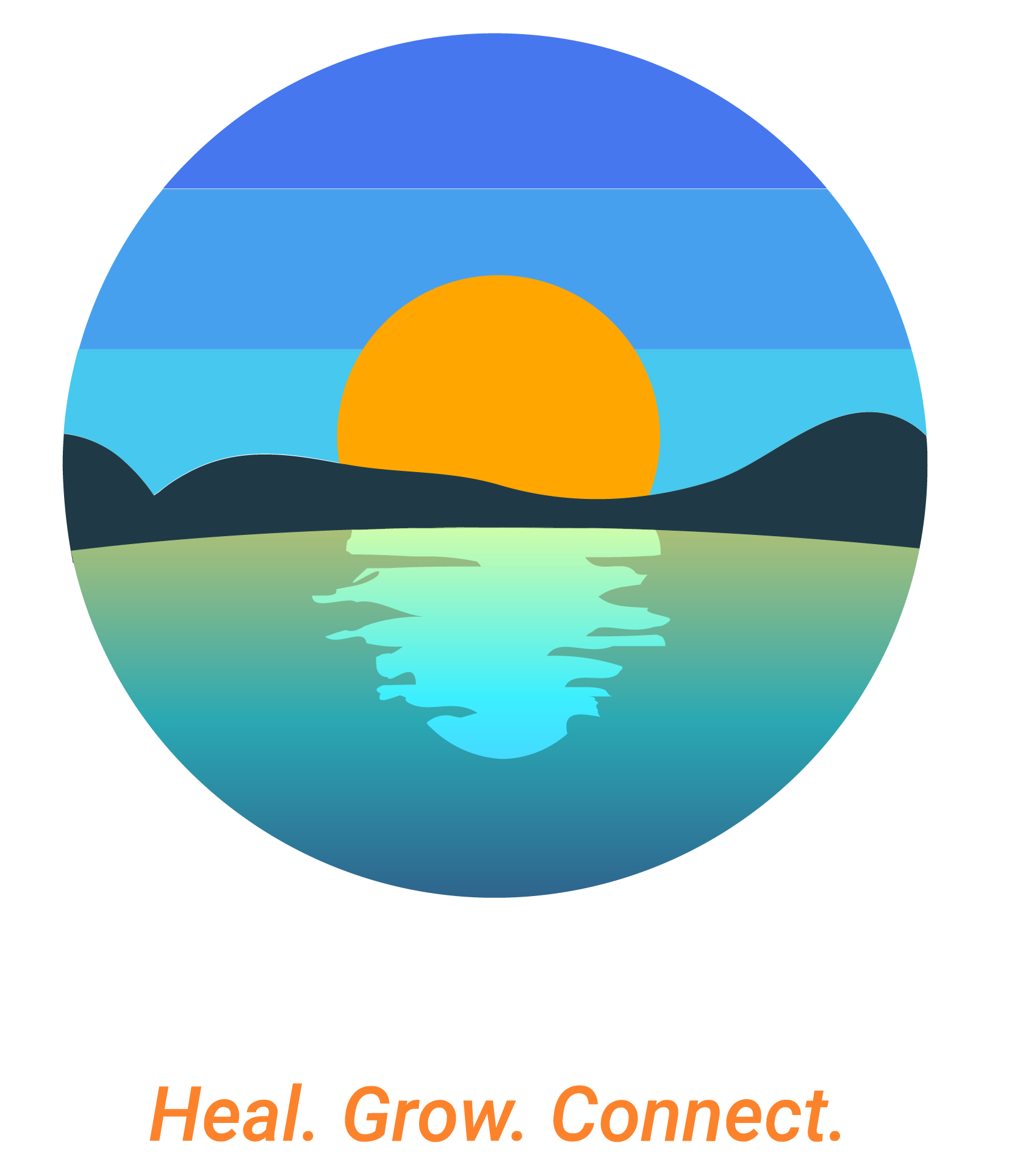Child abuse refers to any act or failure to act by a parent, caregiver, or other adult that results in harm,
potential harm, or threat of harm to a child. It encompasses various forms of maltreatment, including physical abuse, emotional abuse, sexual abuse, and neglect. Child abuse can have devastating and long-lasting consequences on a child’s physical, emotional, and psychological well-being. The effects of abuse can manifest in various ways, such as behavioral problems, mental health disorders, low self-esteem, difficulties in forming relationships, and even physical injuries or death in severe cases. It is a grave violation of children’s rights and poses significant dangers to their safety, development, and future prospects.
Strategies to Prevent Child Abuse:
- Education and Awareness: Providing education to parents, caregivers, and communities about the signs of child
abuse, its impact, and how to prevent it is crucial. This includes understanding different forms of abuse such as
physical, emotional, sexual, and neglect. - Parenting Support Programs: Offering parenting classes and support programs can equip parents with effective
parenting skills, stress management techniques, and conflict resolution strategies. These programs also provide a
safe space for parents to seek guidance and support. - Early Intervention and Support Services: Accessible and affordable mental health services, counseling, and
support groups can help families address underlying issues such as substance abuse, mental health disorders, and
domestic violence, which are often associated with child abuse. - Promoting Positive Parent-Child Relationships: Encouraging positive interactions between parents and
children, promoting open communication, and teaching healthy discipline techniques can strengthen parent-child
relationships and reduce the risk of abuse. - Community Involvement: Engaging community members, schools, religious organizations, and other
stakeholders in prevention efforts can create a supportive network for families and increase awareness about
child abuse prevention strategies. - Mandatory Reporting and Legal Protections: Enforcing mandatory reporting laws for suspected child abuse
cases and providing legal protections for whistleblowers can ensure that cases are reported and investigated
promptly, leading to timely interventions and support for victims. - Empowering Children: Teaching children about their rights, boundaries, and safe behaviors, as well as
providing them with safe adults to confide in, can empower them to protect themselves and seek help if they
experience abuse.
Conclusion with Reference Sources for Help: If you suspect or know of a child who is experiencing abuse or neglect, it
is crucial to act promptly to ensure their safety and well-being. Here are some reference sources and organizations that
provide help and support for child abuse prevention and intervention: - National Child Abuse Hotline: Call 1-800-4-A-CHILD (1-800-422-4453) or visit their website at
www.childhelp.org for confidential support, resources, and guidance on reporting child abuse. - Child Welfare Information Gateway: Access resources, publications, and information on child abuse
prevention, reporting, and intervention at www.childwelfare.gov. - National Center for Missing & Exploited Children (NCMEC): Visit www.missingkids.org for resources,
education, and assistance in cases involving missing or exploited children, including those at risk of abuse. - Local Child Protective Services (CPS): Contact your local CPS agency or law enforcement if you have
concerns about a child’s safety or well-being. They can investigate reports of abuse and take necessary actions to
protect the child. - Child Advocacy Centers (CACs): CACs provide a multidisciplinary approach to child abuse cases, offering
services such as forensic interviews, medical evaluations, counseling, and support for children and families. Find
a local CAC through the National Children’s Alliance at www.nationalchildrensalliance.org. - Prevent Child Abuse America: Visit www.preventchildabuse.org for information, resources, and advocacy
efforts aimed at preventing child abuse and promoting healthy child development.
Remember that preventing child abuse requires collective efforts from individuals, communities, and institutions. By
raising awareness, supporting victims, advocating for policies, and promoting healthy relationships, we can work towards
creating safer environments where children can thrive and be protected from harm.



